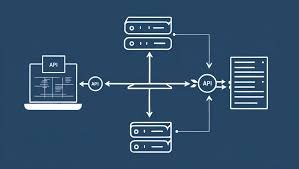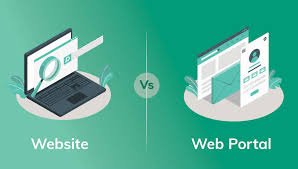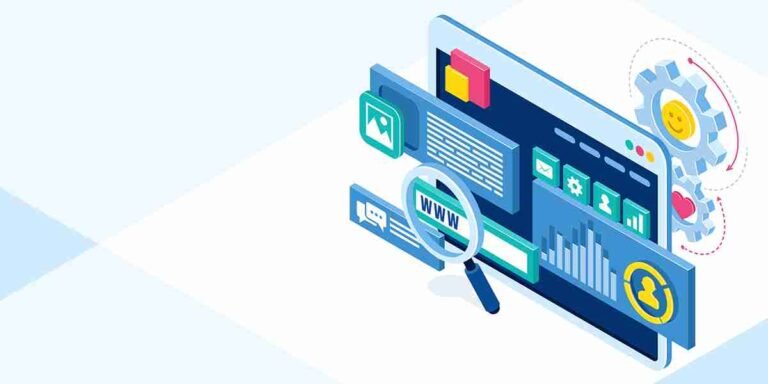A Deep Dive into Object-Oriented PHP Development

In today’s fast-paced digital world, website performance is critical to user satisfaction and SEO rankings. PHP is one of the most popular server-side scripting languages, but like any programming language, poorly optimized PHP code can slow down your website and hurt your business. At Mountain Techo System, we focus on optimizing PHP code for better speed, efficiency, and scalability. This guide will walk you through best practices to improve your PHP code, ensuring faster load times, reduced server load, and an enhanced user experience.
Optimizing PHP code is essential for developers who want to create fast, scalable, and efficient websites. Whether you’re working on an e-commerce platform, a content management system (CMS), or a web application, performance matters. Users demand a fast browsing experience, and search engines reward websites that load quickly. At Mountain Techo System, we emphasize the importance of optimizing PHP code to achieve faster page loads, better resource management, and a smoother user experience.
Here’s how to optimize your PHP code for better speed and efficiency:
1. Use the Latest Version of PHP
PHP is constantly evolving, with each new version offering performance improvements and new features. PHP 8, for example, introduces Just-In-Time (JIT) compilation, which can significantly speed up certain types of operations. By upgrading to the latest stable version of PHP, you can take advantage of these performance enhancements.
2. Profile and Benchmark Your Code
Before making any changes, it’s essential to understand where the bottlenecks in your code lie. Use profiling tools such as Xdebug, Blackfire, or Tideways to measure the performance of your PHP code. Benchmarking will allow you to identify which sections of your application require optimization.
3. Optimize Database Queries
Database queries are often the bottleneck in PHP applications. To improve performance, optimize your queries by:
- Using indexes for frequently searched fields.
- Avoiding SELECT * queries, and only selecting the columns you need.
- Implementing caching for frequently accessed data.
4. Implement Caching Strategies
Caching can drastically reduce the load on your server and speed up your website. PHP supports various caching methods, including:
- OPcache: Caches compiled PHP bytecode in memory, reducing script compilation overhead.
- Data Caching: Using systems like Redis or Memcached to store frequently accessed data in memory.
5. Minimize HTTP Requests
Every HTTP request made by your PHP code adds to the overall load time of your website. Optimize your PHP code by:
- Combining CSS and JavaScript files to reduce the number of requests.
- Using sprites to combine multiple images into a single file, reducing HTTP requests for images.
6. Utilize Autoloading
Instead of manually including classes and files, use PHP’s autoloading capabilities. Autoloading ensures that only the classes and files needed at any given time are loaded, reducing memory usage and improving performance.
7. Use Efficient Algorithms
Inefficient algorithms can significantly slow down your code. Evaluate the algorithms you’re using and look for more efficient alternatives. For example, use associative arrays instead of loops for quick lookups, or employ sorting algorithms that are more efficient for your dataset.
8. Avoid Unnecessary Loops
Avoid nesting loops or using loops to execute tasks that could be done in a single operation. If a loop is not necessary, don’t use it. Always consider alternatives such as using built-in array functions (e.g., array_map, array_filter, and array_reduce).
9. Reduce Memory Usage
Excessive memory usage can slow down your PHP applications. Some strategies to reduce memory consumption include:
- Unsetting variables that are no longer needed.
- Using generators instead of arrays for large datasets to save memory.
10. Code and Template Optimization
PHP is often used alongside HTML and templates. Minimize the use of complex logic in templates and strive to separate your business logic from the presentation layer. Use template engines like Twig or Blade to ensure that your HTML and PHP code are efficiently structured.
11. Leverage HTTP/2
HTTP/2 can help improve the speed of your PHP applications by allowing multiple requests to be multiplexed over a single connection. If your server supports it, make sure HTTP/2 is enabled to take advantage of its performance benefits.
12. Use Asynchronous Processing
For time-consuming tasks such as sending emails or processing images, consider using asynchronous processing. Implementing background jobs or queues (such as RabbitMQ or Laravel’s queue system) can help ensure that these tasks don’t block the execution of user-facing processes.
Conclusion:
Optimizing PHP code is not just about writing faster code but ensuring that your website remains scalable and maintainable in the long run. By following these best practices, developers can significantly enhance the performance of PHP-based websites, resulting in improved user experience, higher SEO rankings, and more efficient resource usage. At Mountain Techo System, we help businesses improve their PHP development practices, ensuring faster and more efficient websites for the future.














